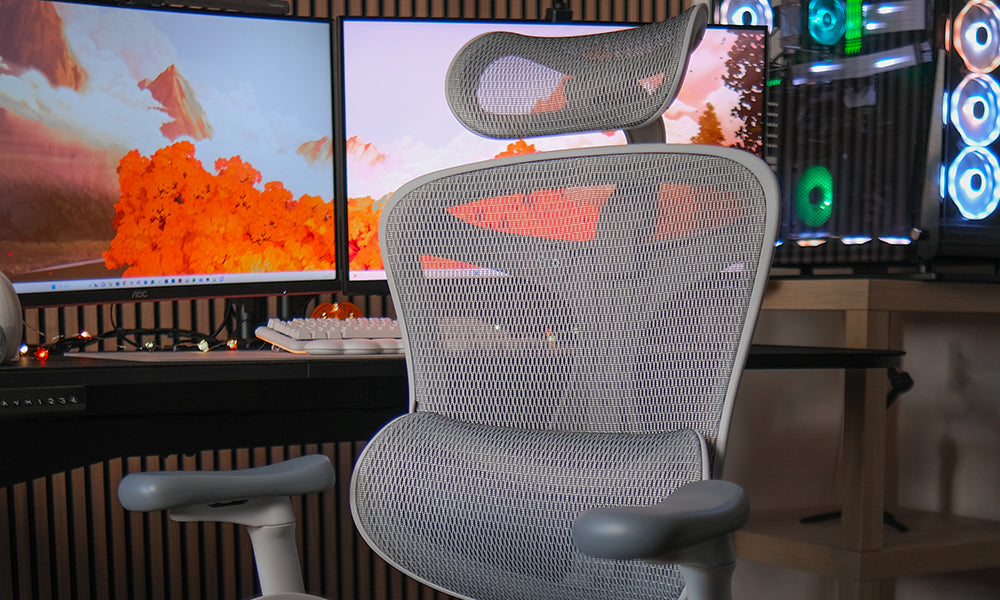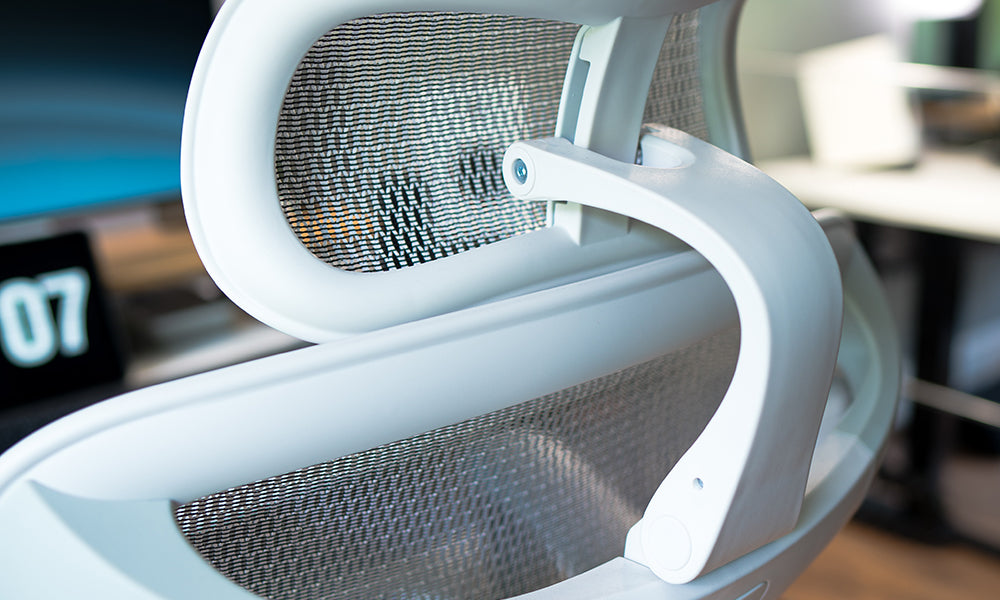In the world of today's office environments, where employees spend a significant portion of their day seated, the importance of a comfortable and supportive office chair cannot be overstated. Not only does the right chair contribute to the well-being and productivity of employees, but it also plays a crucial role in preventing health issues associated with prolonged sitting.
This article explores the question of how often office chairs should be replaced, considering factors such as wear and tear, ergonomic design, and the overall impact on employee health and productivity.
Section 1: The Lifecycle of Office Chairs
Understanding the typical lifecycle of office chairs is essential in determining how often they should be replaced. Office chairs are subjected to daily wear and tear, including constant adjustments, weight-bearing, and movement. The materials used in chair construction also play a significant role in determining their longevity.
Chairs with high-quality materials and robust construction may last longer than those made with cheaper components. Factors such as the chair's usage intensity and the weight of the user contribute to wear and tear, necessitating a closer look at individual office environments.
Section 2: Ergonomics and Employee Health
Ergonomics is a critical aspect of office chair design. Chairs that do not support proper posture can lead to various health issues, including back pain, neck strain, and discomfort. Over time, these issues can escalate, affecting employee well-being and productivity.
Research shows that investing in ergonomic chairs not only enhances employee comfort but also reduces the likelihood of work-related musculoskeletal disorders. Assessing the ergonomic features of office chairs and replacing them when these features become compromised is crucial for maintaining a healthy and productive work environment.
Section 3: Technological Advances and Trends
The world of office furniture is constantly evolving, with new technologies and design trends emerging regularly. Advancements in chair design, materials, and functionality contribute to improved comfort and support for users.
Keeping up with these trends can be beneficial for companies aiming to provide the best working conditions for their employees. Regularly updating office chairs to incorporate the latest innovations ensures that employees have access to the most comfortable and efficient seating options available.
Section 4: Signs it's Time for Replacement
Certain signs indicate when it's time to replace office chairs. These include visible wear and tear, decreased ergonomic functionality, persistent discomfort reported by employees, and outdated design that no longer meets modern ergonomic standards.
Regular inspections and employee feedback can help identify these signs early on, allowing for timely chair replacements and preventing potential health issues among the workforce.
Conclusion
In conclusion, the frequency with which office chairs should be replaced depends on various factors, including their lifecycle, ergonomic features, technological advances, and signs of wear and tear. Prioritizing employee comfort and health is paramount, as it directly influences productivity and overall job satisfaction.
By staying proactive and investing in quality chairs that align with the latest ergonomic standards, companies can create a workspace that not only promotes well-being but also enhances the efficiency and effectiveness of their employees. Regular assessments and updates to office furniture demonstrate a commitment to the health and comfort of the workforce, contributing to a positive and thriving workplace culture.
This article explores the question of how often office chairs should be replaced, considering factors such as wear and tear, ergonomic design, and the overall impact on employee health and productivity.
Section 1: The Lifecycle of Office Chairs
Understanding the typical lifecycle of office chairs is essential in determining how often they should be replaced. Office chairs are subjected to daily wear and tear, including constant adjustments, weight-bearing, and movement. The materials used in chair construction also play a significant role in determining their longevity.
Chairs with high-quality materials and robust construction may last longer than those made with cheaper components. Factors such as the chair's usage intensity and the weight of the user contribute to wear and tear, necessitating a closer look at individual office environments.
Section 2: Ergonomics and Employee Health
Ergonomics is a critical aspect of office chair design. Chairs that do not support proper posture can lead to various health issues, including back pain, neck strain, and discomfort. Over time, these issues can escalate, affecting employee well-being and productivity.
Research shows that investing in ergonomic chairs not only enhances employee comfort but also reduces the likelihood of work-related musculoskeletal disorders. Assessing the ergonomic features of office chairs and replacing them when these features become compromised is crucial for maintaining a healthy and productive work environment.
Section 3: Technological Advances and Trends
The world of office furniture is constantly evolving, with new technologies and design trends emerging regularly. Advancements in chair design, materials, and functionality contribute to improved comfort and support for users.
Keeping up with these trends can be beneficial for companies aiming to provide the best working conditions for their employees. Regularly updating office chairs to incorporate the latest innovations ensures that employees have access to the most comfortable and efficient seating options available.
Section 4: Signs it's Time for Replacement
Certain signs indicate when it's time to replace office chairs. These include visible wear and tear, decreased ergonomic functionality, persistent discomfort reported by employees, and outdated design that no longer meets modern ergonomic standards.
Regular inspections and employee feedback can help identify these signs early on, allowing for timely chair replacements and preventing potential health issues among the workforce.
Conclusion
In conclusion, the frequency with which office chairs should be replaced depends on various factors, including their lifecycle, ergonomic features, technological advances, and signs of wear and tear. Prioritizing employee comfort and health is paramount, as it directly influences productivity and overall job satisfaction.
By staying proactive and investing in quality chairs that align with the latest ergonomic standards, companies can create a workspace that not only promotes well-being but also enhances the efficiency and effectiveness of their employees. Regular assessments and updates to office furniture demonstrate a commitment to the health and comfort of the workforce, contributing to a positive and thriving workplace culture.







Dejar un comentario
Este sitio está protegido por hCaptcha y se aplican la Política de privacidad de hCaptcha y los Términos del servicio.